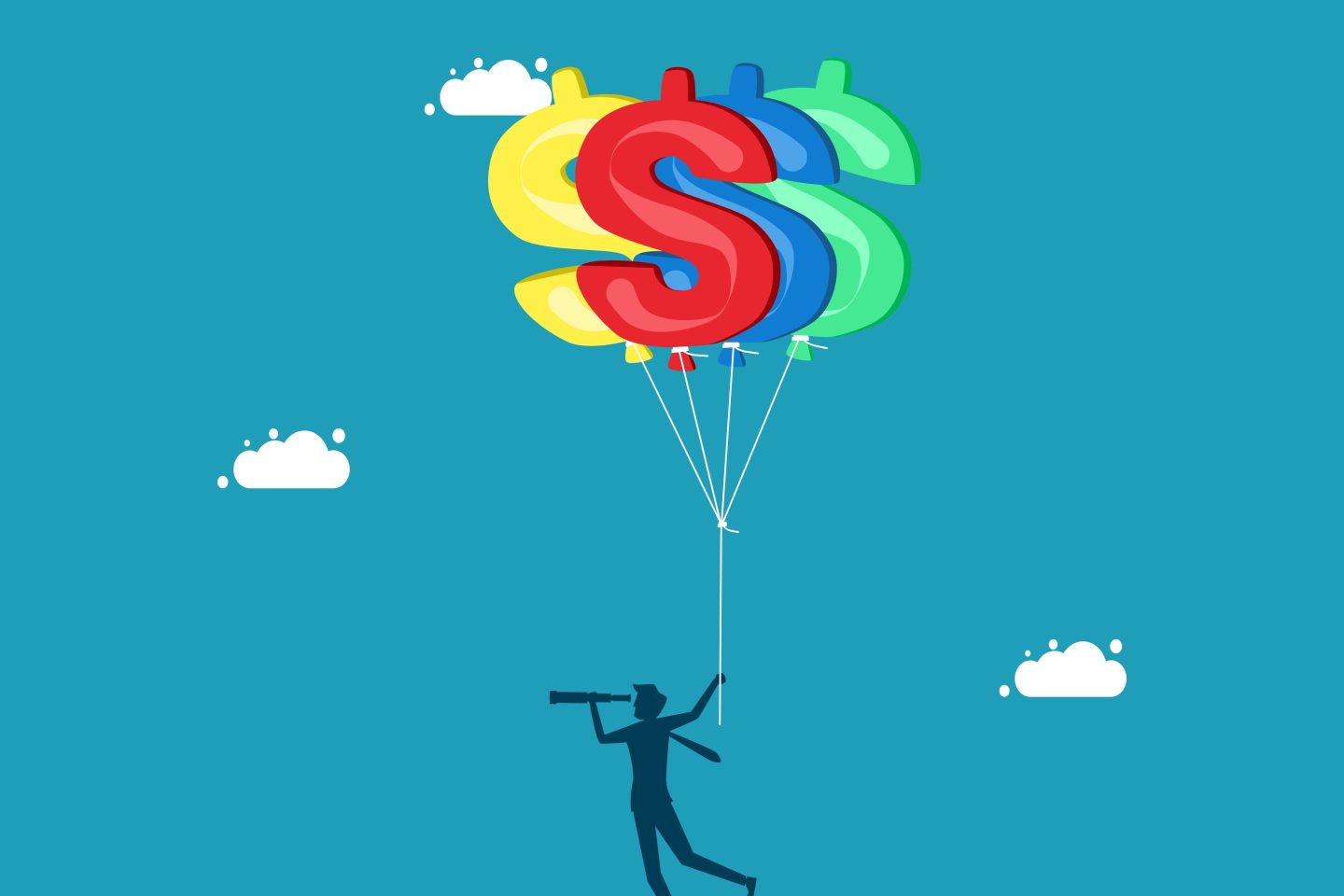Instead of celebrating the bull market’s seventh anniversary, let’s mourn the ways that, at this advanced stage, long-running bull markets are bad for us.
After peaking at 2,135 in May, the S&P 500 (SPX) tumbled 15% before recently rebounding, snapping half way back, and bolstering the optimists’ view that the bull isn’t just intact, but still has legs. What recent mini-bust and even smaller rebound does not show, as some are saying, that the bull market remains unloved, and investors are just starting to get on board. On the contrary, stocks are over-loved, and the current boomlet is simply makes things worse.
Here’s the proof: In any period when prices are high relative to earnings, the future outlook for investors is bleak. Right now, the economist Robert Shiller’s cyclically-adjusted price-earnings ratio, or CAPE, stands at 25.3. The CAPE is a far better measure of whether prices are cheap or rich than the price-to-earnings ratio that most investors use—though the Shiller P/E has become more and more popular—because it smoothes the volatile fever chart of earnings by using a ten-year average of profits, adjusted for inflation.
Today the Shiller P/E stands at 25. That’s far above the average of around 16 for the past century. Stocks aren’t unloved. They are 56% more cherished than they generally have been historically.
So how do investors fare 5 and 10 years later when they’re buying in, or simply holding, a diversified portfolio of stocks with an adjusted P/E of 25?
It’s important to note the CAPE has seldom reached these heights in the annals of equities. In November of 1928, it reached 25 for the first time, at least on record. Over the next decade, stock prices dropped 43%.
In January of 1966, it hit a multi-decade record of 24.1 when the S&P 500 reached 93. It bobbed and weaved over the next decade, but went nowhere, finishing at 90 at the start of 1976, for a loss of 3.2%.
Disaster isn’t always lurking ten years out if you buy at high prices. But it’s still lurking. The CAPE reached 25 again in August of 1996—and kept soaring from there. Ten years later, investors had done pretty well. Around Labor Day of 2006, they’d registered annual returns, including dividends, of 8.5% a year. But the big slide began less than a year later, and it eventually destroyed most of the gains since the summer of ’96.
Investors who learn from history pounce after a gigantic selloff, like the one following the financial crisis in 2008 through mid-2009. That’s when the big money gets made. A bull market follows those periods. Old bulls don’t turn into young bulls, they die off. That’s what’s going to happen. The sooner it does, the sooner we’ll see a whole new galaxy of bargains, and a much less dangerous time for investors.













